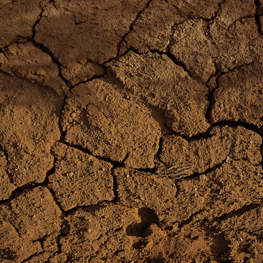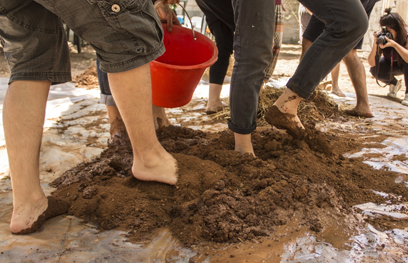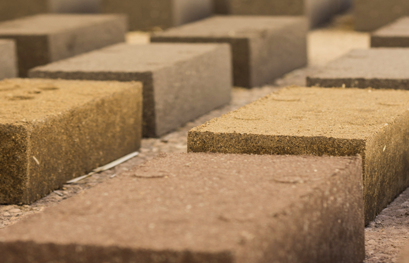The earth has been a material used throughout the world for centuries, with different technologies depending on its characteristics.
The earth is, like concrete, a material composed of aggregates (gravel, sand and silt) and binder (clay). The more or less preponderant quantity of one or the other component characterizes its physical-mechanical properties.
When mixed with water, the earth can be set up using different techniques, forming building components that can be used for each element of the structure: walls, roofing, insulating panels, claddings and finishes, floors, furnishings, etc.
The raw earth, material abandoned for decades, has long been associated with an idea of poverty and backwardness.
Today, on the contrary, in a more conscious design context and attentive to building sustainability, the earth is an extremely attractive material: it is available on site practically everywhere, it does not need large energy expenditure to be transformed, it is healthy, it has appreciable properties of thermal and acoustic insulation, it resists electromagnetism, it is completely recyclable.
In the technologically advanced world, the earth is a material that is being rediscovered. In Italy too, a market is slowly starting up that offers eco-compatible building products based on raw earth, ranging from masonry elements to mortars for plaster.



